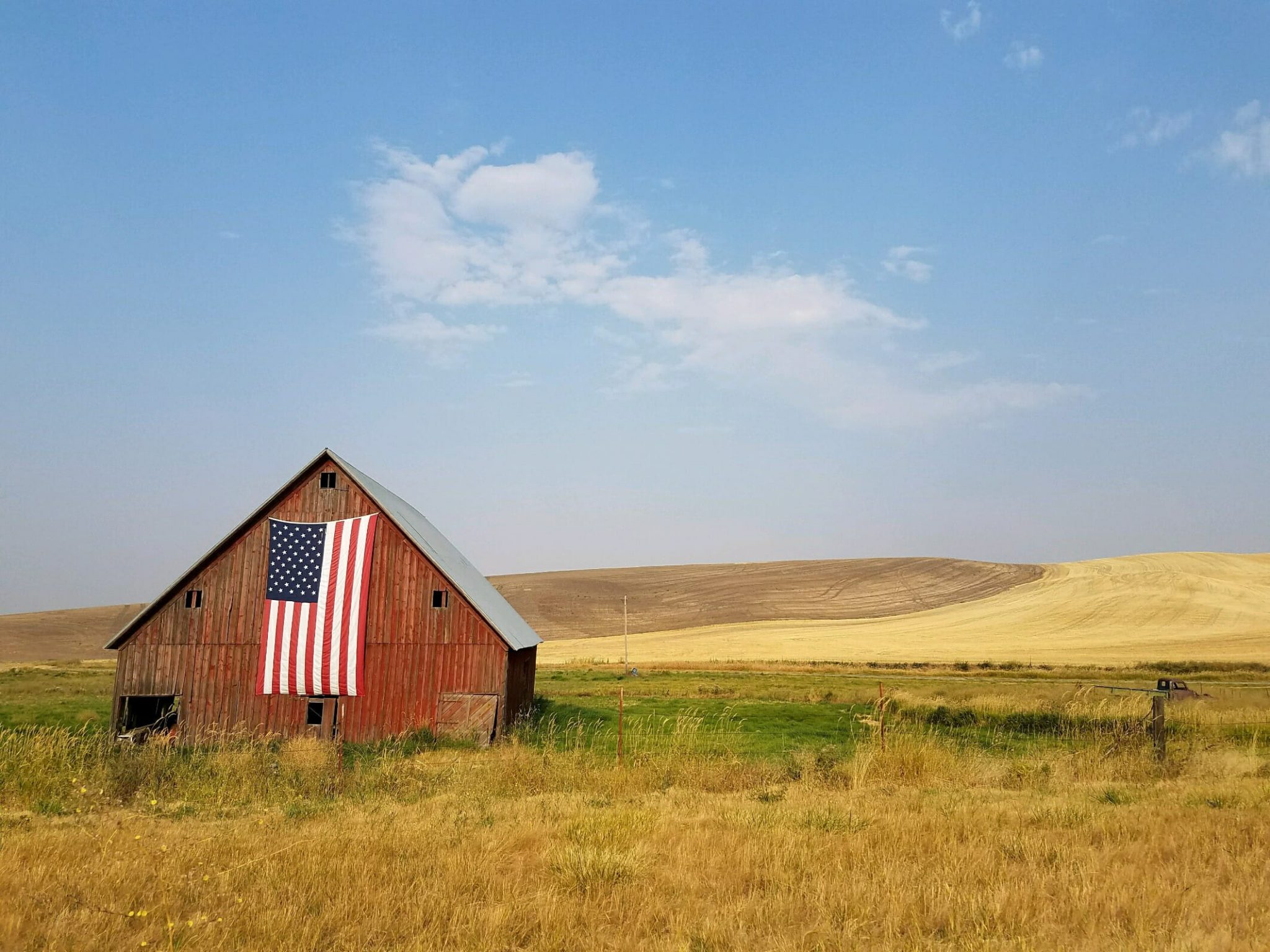
Articles
Editor’s Picks
Broadband to Reach Under-served Communities
By Cait Etherington
July 29, 2018
While most people now take Internet access for granted, hundreds of thousands of rural Americans still don’t have access to reliable broadband access. Without access, students in rural school districts are put increasingly at risk of falling behind, and many other services, including online health care services, remain out of reach to rural families and seniors. On July 24, RTO Wireless and Microsoft announced a new agreement to provide broadband Internet access to more nearly 300,000 people living in unserved regions of New York State and Maine. Over time, the Microsoft Airband Initiative hopes to tackle a broader nationwide access problem.
The Digital Divide Has Grown Smaller but Persist
According to the Pew Research Center, 11% of Americans still don’t use the Internet. In 2000, when the Pew Research Center first began to study the social impact of digital technologies, 48% of American adults did not use the Internet. While the number of non-users has dropped significantly over the past 18 years, there is still a digital divide and some people, including those in rural areas, are disproportionately impacted. Indeed, as a 2018 Pew Research Center found, “Rural Americans are more than twice as likely as those who live in urban or suburban settings to never use the internet.” The study further notes that while racial and ethnic differences in Internet use were once notable, today “whites, blacks and Hispanics are all equally likely to be offline,” suggesting that geography may now be the most important factor determining Internet use and access levels.
The Pew Research Center findings are supported by other large-scale studies on Internet access. Dr. Sharon Strover from the University of Texas at Austin studies Internet access in the United States. In a recent article published in The Conversation, Strover reflected on the digital divide that still persist: “All across the U.S., rural communities’ residents are being left out of modern society and the 21st century economy. I’ve traveled to Kansas, Maine, Texas and other states studying internet access and use – and I hear all the time from people with a crucial need still unmet. Rural Americans want faster, cheaper internet like their city-dwelling compatriots have, letting them work remotely and use online services, to access shopping, news, information and government data.”
The Microsoft Airband Initiative
The RTO Wireless and Microsoft partnership is part of The Microsoft Airband Initiative. RTO Wireless plans to use surprising technologies, including TV white spaces, to provide mobile wireless to people living in rural areas. The launch of their new program will include 16 counties in Maine and 20 counties in New York State.
Shelley McKinley, Microsoft’s head of Technology and Corporate Responsibility, is adamant about the initiative’s importance: “Without reliable internet access, many people living in rural America are unable to take advantage of the same opportunities as their urban neighbors. We are excited to partner with RTO Wireless to bring broadband to students, farmers, educators and business owners across the Southern Tier and North Country of New York and Western Maineso that they have an equal opportunity to learn, grow, contribute and prosper in the 21st century economy.”
Steve Hubbard, CEO of RTO Wireless, emphasizes that a key part of the initiative is thinking outside the box about how to bring Internet access to underserved communities: “The TV white spaces technology ecosystem championed by Microsoft provides a critical low-band function enabling tremendous RF propagation over a large service area.” Hubbard adds, “Microsoft is contributing tremendous resources to solving the lack of broadband options in rural America.”
The Microsoft Airband Initiative is expected to help move the dial on New York State’s “broadband for all” initiative, which Governor Andrew Cuomo and the state legislature launched in 2015 when they committed $500 million to expand broadband access. But there is still more work to be done. U.S. Representative Chris Collins from District 27 represents a district of New York State that remains 65 percent underserved by broadband technologies. As Collins says, “We still have a long way to go in making sure all of Western New York has reliable access to broadband, but I commend Microsoft for its investment in our area that will benefit thousands of my constituents.”









No Comments